Spice Secrets of Mexico: From Tacos to Mole, What Makes Mexican Food Irresistible!

Mexican food is more than just tacos and tequila—it's a vibrant explosion of flavor rooted in centuries-old traditions. From the smoky aroma of chipotle to the citrusy brightness of coriander, Mexican cuisine brings spices to life in ways that both thrill your taste buds and tell cultural stories.
Table of Contents
- Why Mexican Spices Are Unique
- Essential Spices You Must Try
- Popular Mexican Dishes & Their Spice Profiles
- How to Store Mexican Spices Like a Pro
- Buying Guide: Top Mexican Ingredients for Your Kitchen
- Common Mistakes to Avoid When Cooking Mexican at Home
- Spice Up Your Life with Mexican Flavors
Why Mexican Spices Are Unique
Mexico’s rich biodiversity means it's home to an incredible variety of native spices and seasonings. Many of these have been used since Aztec and Mayan times, and they continue to define the region's identity today. Unlike other cuisines that might blend global influences, Mexican spice traditions are deeply tied to local geography, culture, and history.
The Role of Chilies
Chili peppers are the heart and soul of Mexican cuisine. With over 60 varieties grown across the country, each pepper offers a unique flavor profile and heat level—from the earthy poblano to the fiery habanero.
Native Herbs & Seeds
Herbs like epazote and hoja santa bring a bold, aromatic edge, while seeds like pumpkin (pepitas) and sesame add texture and nutty depth. These aren't just garnishes—they're essential elements of balance and richness.
Timeless Techniques
Toasting, grinding, and rehydrating spices the traditional way enhances their flavors in ways modern shortcuts can’t match. This attention to process is why Mexican cooking feels so authentic and satisfying.
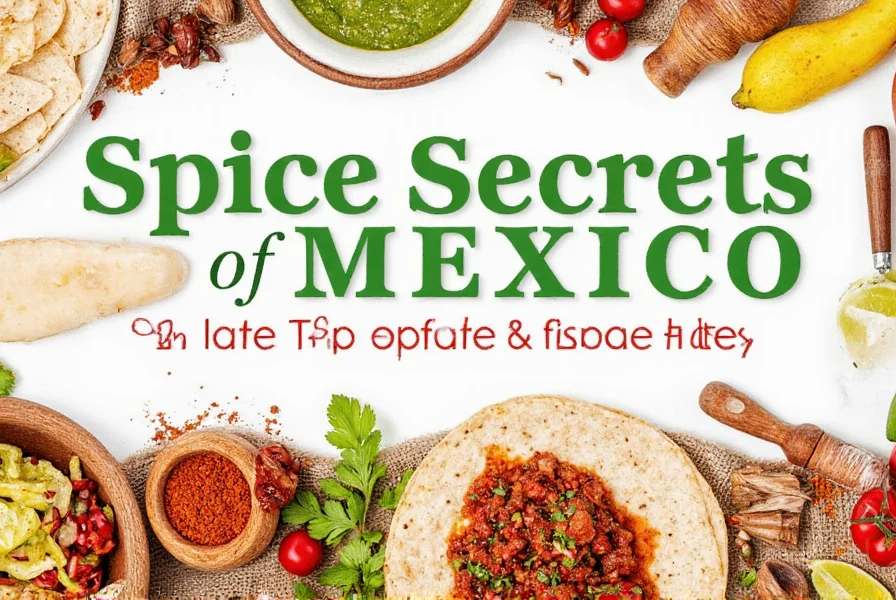
Essential Spices You Must Try
If you’re looking to recreate classic Mexican flavors at home, here are the must-have spices every kitchen should stock:
- Ancho Chili Powder: Sweet and smoky, made from dried poblanos. Perfect for moles and sauces.
- Guajillo Chili: Tangy with notes of green tea, often used in salsas and marinades.
- Cumin: Adds earthiness—great in taco seasoning blends and bean dishes.
- Paprika: While not native, it’s often used to enhance color and mild sweetness in soups and stews.
- Epazote: A pungent herb commonly used in black beans and soups for its unique, almost medicinal flavor.
- Dried Oregano (preferably Mexican): More floral and less bitter than Mediterranean oregano; ideal for tomato-based dishes.
- Coriander Seeds: Toasted and ground, they offer a lemony warmth that complements chilies beautifully.
| Spice | Flavor Profile | Best For | Substitute |
|---|---|---|---|
| Ancho Chili | Sweet, Smoky | Mole, enchilada sauce | Pasilla or Mulato |
| Guajillo | Tangy, berry-like | Red salsas, adobo | California chili |
| Cumin | Earthy, warm | Taco meat, refried beans | Fennel seeds (use sparingly) |
| Epazote | Pungent, citrusy | Bean dishes, soups | Lemon thyme or oregano |
| Coriander | Citrusy, floral | Curries, dry rubs | Fennel seed powder |
Popular Mexican Dishes & Their Spice Profiles
Mexican cuisine isn't one-size-fits-all. Each dish has its own distinct spice signature that reflects its origin and purpose. Let’s take a tour through some iconic favorites:
1. Mole Poblano
A dark, complex sauce made with multiple types of dried chilies, chocolate, nuts, and spices. The magic lies in balancing the sweet, spicy, and savory elements.
2. Enchiladas Verdes
Green enchiladas rely heavily on tomatillos and tangy spices like Mexican oregano and cumin. The result is a zesty, comforting dish perfect for any day.
3. Tacos al Pastor
These spit-grilled pork tacos use achiote paste as a base, mixed with vinegar, garlic, and spices like cloves and cinnamon. The result? Meat that’s juicy, slightly sweet, and packed with flavor.
4. Pozole
This traditional hominy soup often features dried guajillo or ancho chilies, giving it a deep red hue and a gentle heat. Garnished with oregano, lime, and radish, it’s a feast for the senses.
5. Sopes de Frijol
These thick masa bases are topped with seasoned refried beans, which get their depth from toasted cumin, onion, and garlic. A sprinkle of epazote elevates them further.

How to Store Mexican Spices Like a Pro
Spices lose potency over time, especially if stored improperly. Here are tips to keep your Mexican spice rack fresh and flavorful:
- Keep them cool: Store in a dark, cool place away from direct sunlight and heat sources.
- Airtight containers: Use glass jars with tight lids to prevent moisture and air exposure.
- Avoid bulk buying: Spices start losing flavor within six months of grinding. Buy small amounts unless you cook daily.
- Label everything: It’s easy to forget what’s in that jar after a few months—write down the date and spice name.
- Toast before grinding: For maximum flavor, lightly toast whole seeds or dried chilies before using.
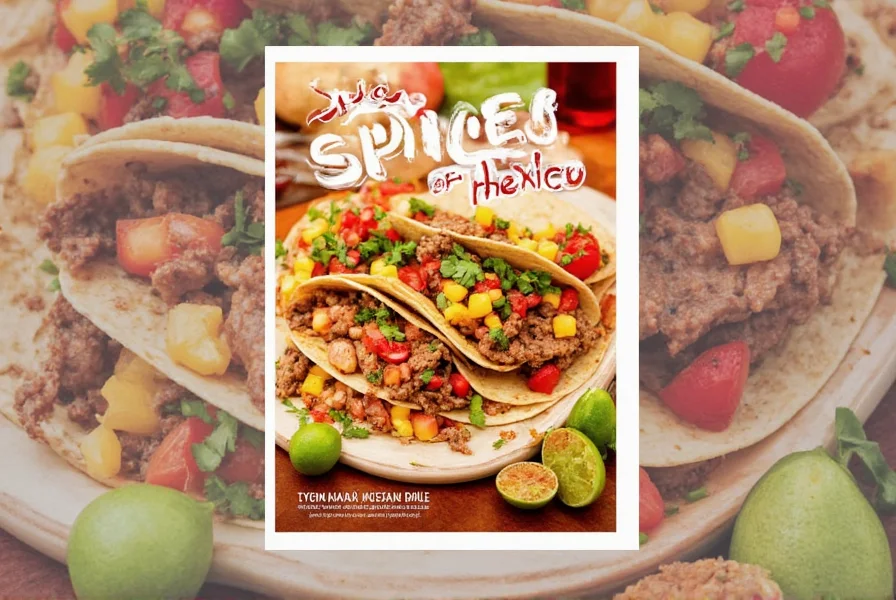
Buying Guide: Top Mexican Ingredients for Your Kitchen
Ready to upgrade your spice game? Here’s a list of top Mexican products you should consider adding to your pantry:
1. La Costeña Chipotle Peppers in Adobo
- Features: Smoked, ripe jalapeños in a rich, tangy sauce.
- Advantages: Ready-to-use intensity. Great for sauces, soups, and sandwiches.
- Use Cases: Queso dip, mayo mixes, carnitas, tacos.
- Target Audience: Home cooks and grill lovers.
- Suitable Occasions: Weeknight dinners, weekend BBQs.

2. Badia Mexican Seasoning Blend
- Features: A premixed blend of chili powder, cumin, garlic, and oregano.
- Advantages: Saves time without sacrificing authenticity.
- Use Cases: Ground beef for tacos, rice, or chicken marinades.
- Target Audience: Beginners and quick meal prep fans.
- Suitable Occasions: Family meals, taco nights.
3. Goya Epazote Leaves
- Features: Dried version of the fresh herb with concentrated flavor.
- Advantages: Long shelf life and powerful aroma.
- Use Cases: Beans, soups, tamales.
- Target Audience: Authentic Mexican recipe enthusiasts.
- Suitable Occasions: Slow-cooked dishes, potlucks.

4. El Guapo Mole Paste
- Features: Pre-prepared mole concentrate with spices and chocolate.
- Advantages: Easy to use for homemade mole without hours of prep.
- Use Cases: Chicken mole, enchiladas, tamale fillings.
- Target Audience: Entertaining hosts and gourmet cooks.
- Suitable Occasions: Holiday feasts, dinner parties.
5. Dona Maria Salsa Verde
- Features: Tangy green salsa made with tomatillos and Mexican oregano.
- Advantages: Versatile, ready-to-use, and shelf-stable.
- Use Cases: Dipping, enchiladas, breakfast burritos.
- Target Audience: Everyone! Especially those short on time.
- Suitable Occasions: Quick snacks, appetizers, taco bars.
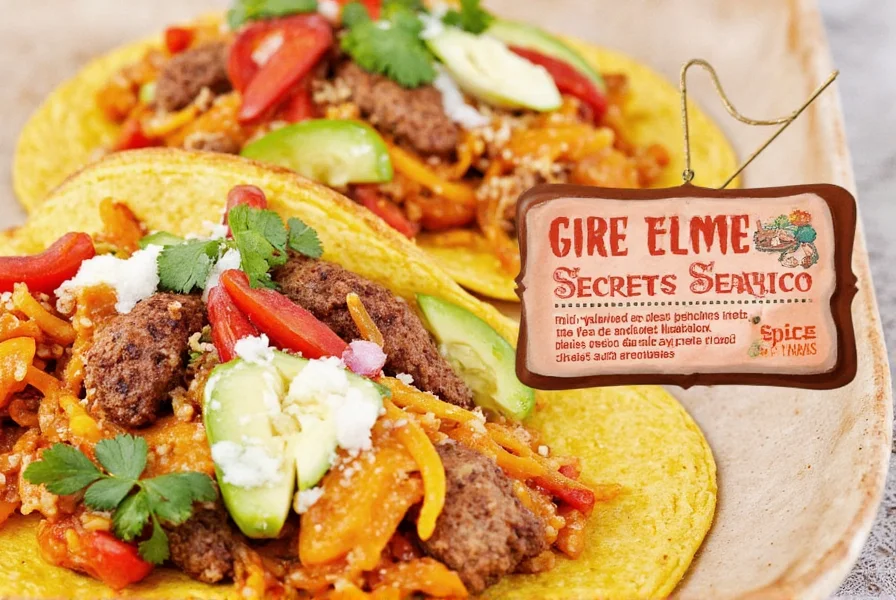
Common Mistakes to Avoid When Cooking Mexican at Home
Even seasoned cooks can fall into pitfalls when trying to nail authentic Mexican flavors. Here are the most common mistakes—and how to avoid them:
- Using generic chili powder instead of regional chilies. Most U.S. chili powders lack the complexity of Mexican varieties. Opt for pure ancho or pasilla powder instead.
- Overcooking dried chilies. Boiling chilies too long can make them bitter. Rehydrate gently in warm water or toast first for deeper flavor.
- Skipping fresh toppings. Fresh cilantro, avocado, and lime juice elevate any dish—don’t skip them!
- Not balancing flavors. Mexican food is about contrast—sweetness from tomatoes or chocolate, heat from chilies, acidity from lime.
- Assuming all Mexican food is spicy. Not every dish burns your tongue—many are mildly spiced or focused on aroma and depth.
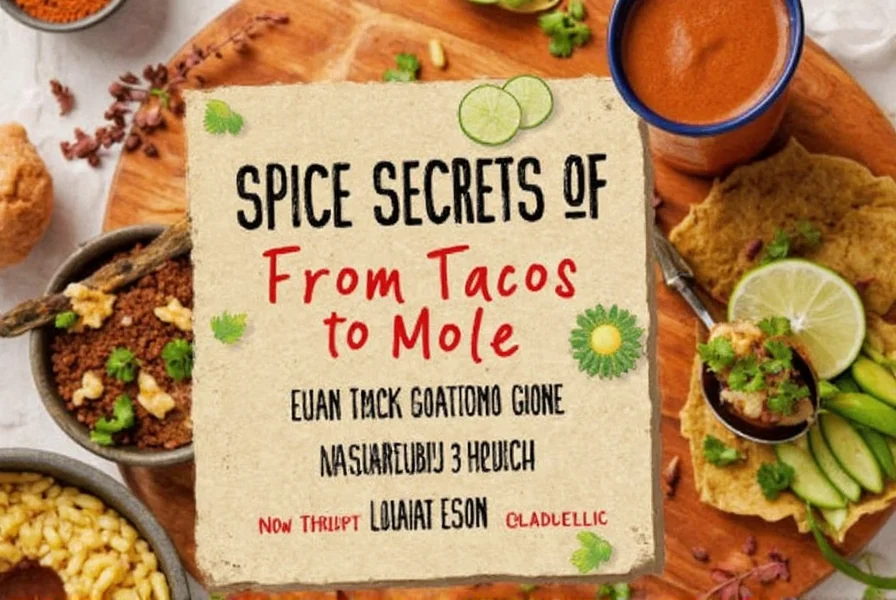
Spice Up Your Life with Mexican Flavors
Mexican cuisine isn’t just about feeding your body—it’s about igniting your soul. Whether you're savoring a bowl of pozole or grilling up some chorizo tacos, each bite tells a story steeped in tradition, passion, and pride.
So don’t be afraid to play with flavors. Experiment with new spices. Mix textures. Taste as you go. Because in the world of Mexican food, there’s no such thing as “too much”—only more delicious layers to uncover.
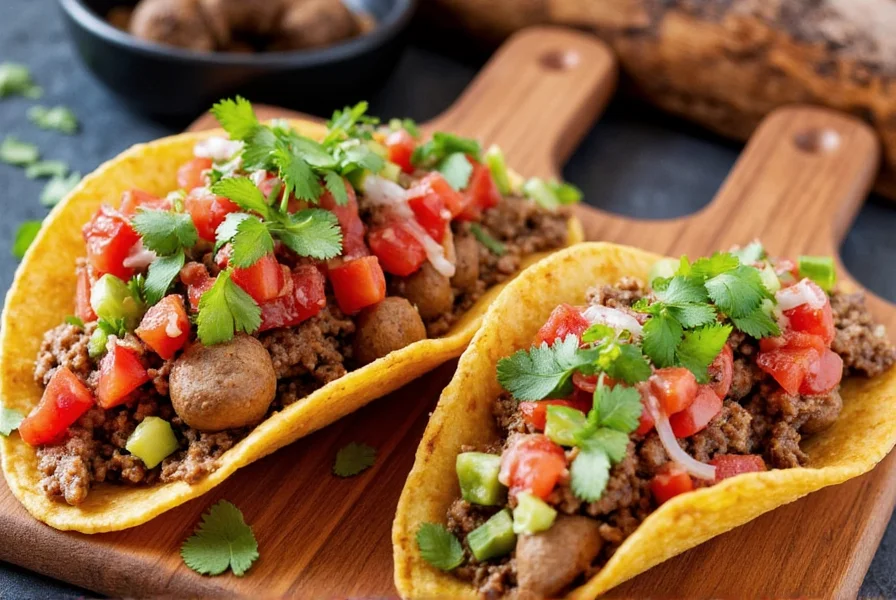
Final Thought:
Spices are the voice of a cuisine. In Mexican cooking, they sing loud and proud. So next time you open that jar of ground ancho or sprinkle some epazote on your beans, remember—you’re not just cooking. You’re preserving a legacy.











 浙公网安备
33010002000092号
浙公网安备
33010002000092号 浙B2-20120091-4
浙B2-20120091-4